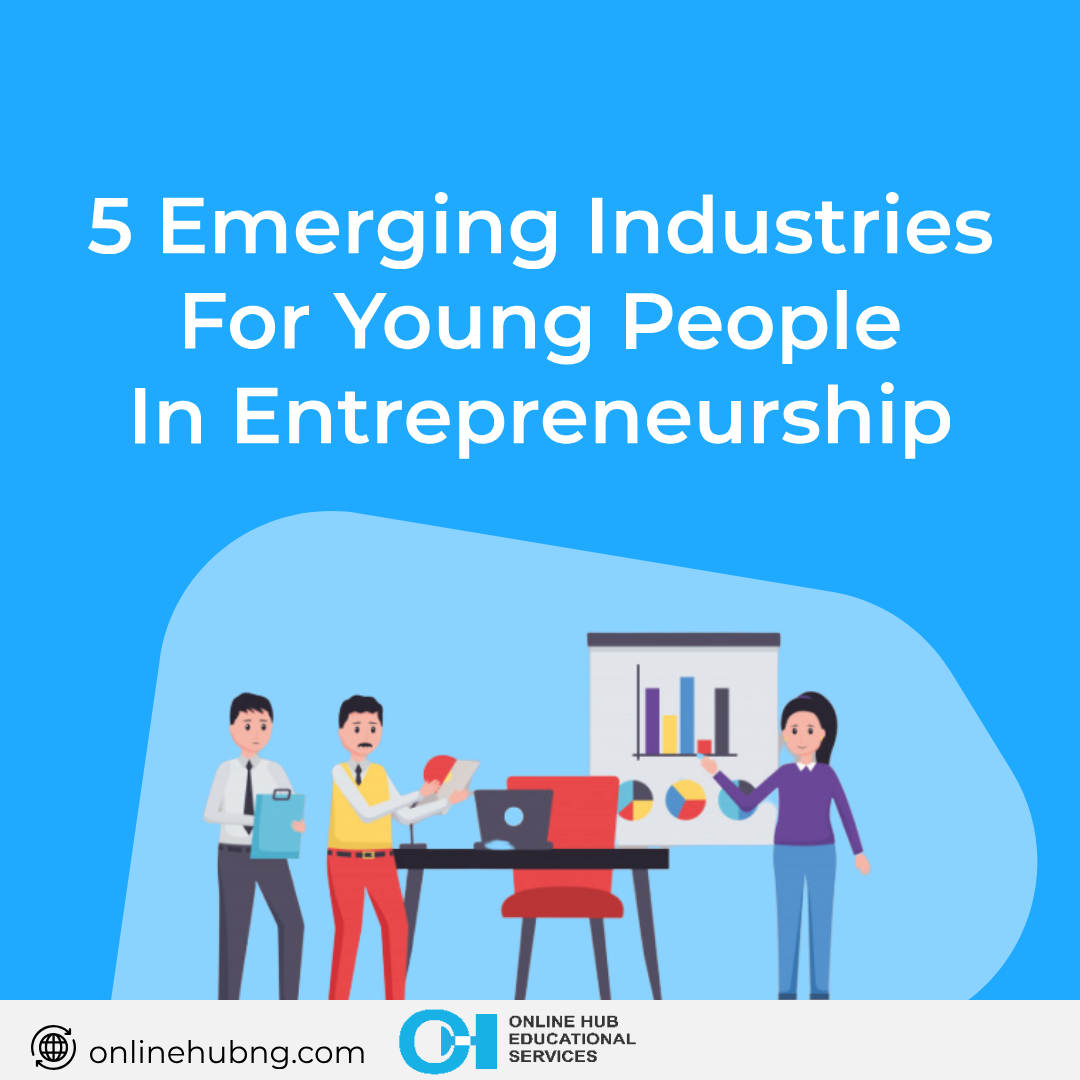Elementary school education should focus on learning through playing and exploration in order to improve a child’s cognitive, emotional, physical, sensory, reflective, communication and social developments. Traditional classroom methods may not always provide children with a fun learning environment. But nowadays, technology helps educators engage students with many fun learning approaches. While introducing technology into early childhood education, educators and parents should take proper care to avail many positive benefits of it.
Research shows that there are numerous advantages of introducing technology into the elementary classroom. Let’s learn how student learning has been enhanced with 21st century technology.
Statistics:
According to an infographic published by Everyday Family,
54% of 21st century kids start using mobile devices when they are 5 to 8 years old.
30% of the apps on parents’ mobile are downloaded specially for their children’s usage.
77% of the parents accept that usage of tablet increases children’s learning & creativity.
72% of iTunes top selling apps are designed for pre-schoolers and elementary students.
By observing these statistics, we can easily estimate how greatly technology influences elementary education. Educational Technology includes all the approaches of technology that is are utilized to enhance learning. We will let you know how educational technology helps elementary students.
Usage of Mobile devices & Computers in Education:
Educators find the use of technological devices in education, a great way to engage students because it attracts them. Mobile devices and computers provide students with a fun learning environment. As we know,different students have different learning styles, technology helps them learn in the way they’re comfortable with. Many games, story telling apps, online tools, etc., are introduced into the elementary classroom to engage students more effectively than with traditional approaches. With these technological devices, students can learn from anywhere. Tablets, Desktop computers, iPads, etc., help educators and parents to provide students with the personalized learning environment and also helps them learn interactively through many games and apps. It has become easy for teachers to engage students with lesson concepts through animations, presentations, etc., rather than depending on textbooks and blackboard.
Usage of Internet & Social Networks in Education:
Use of internet in education benefits students as well as educators and makes them work on what really matters. Many online tools that connect teachers, students and parents have been introduced into the classroom to help them collaborate from anywhere and at any time. For example, Schoolfy, an educational social networking platform that enables teachers to add their students, parents and other colleagues, saves their time by providing them with many tools which include setting homework, sending documents, creating calendars and students’ assessments. Technology develops students’ social skills, research skills and communication skills. The only task of parents and educators is to make children aware of digital citizenship. 21st century technology also helps educators and parents to make children the perfect digital citizens.
There are some people who oppose technology in classroom as it reduces physical activity. Research has been going on to overcome this criticism. Nayi Disha creates fun educational computer games (which include motion-sensing technology) for young children that require physical activity by the child. As a coin has both sides, every approach in this world is a combination of both positive as well as negative impacts., but Technology has the ability to overcome its negative impacts when used properly.Every household nowadays has been equipped with at least a technological device namely a desktop computer, laptop computer, smart phone, tablet, etc., and students love to use them. It’s a great way to implement their use in education as it has been already proved that technology improves students’ learning, communication, creativity and problem solving skills. 21st century classroom enables game-based learning, project-based learning, inquiry-based learning, visual learning, auditory learning, kinesthetic learning, etc. We hope this information is useful for you to know about the impact of technology in the elementary classroom. We’d like to have your personal views and your ways of using technology in your elementary classroom. Also, please feel free to share with us how technology has helped you in enhancing students’ learning.





